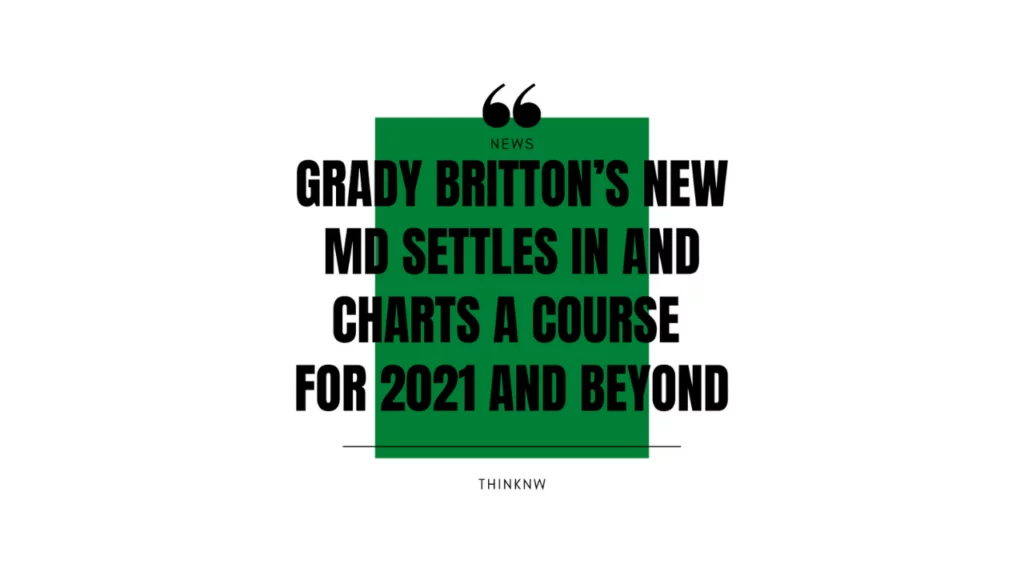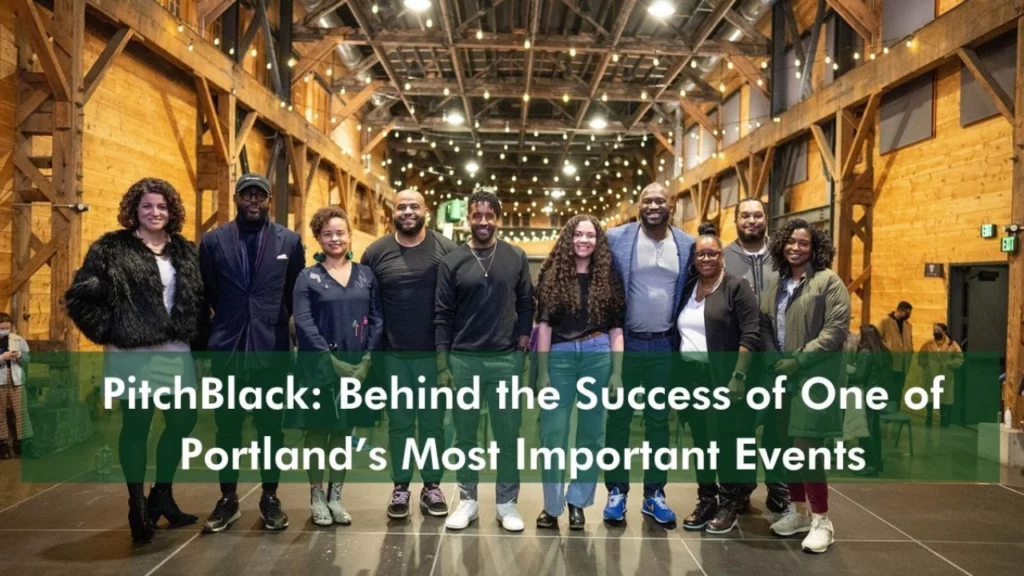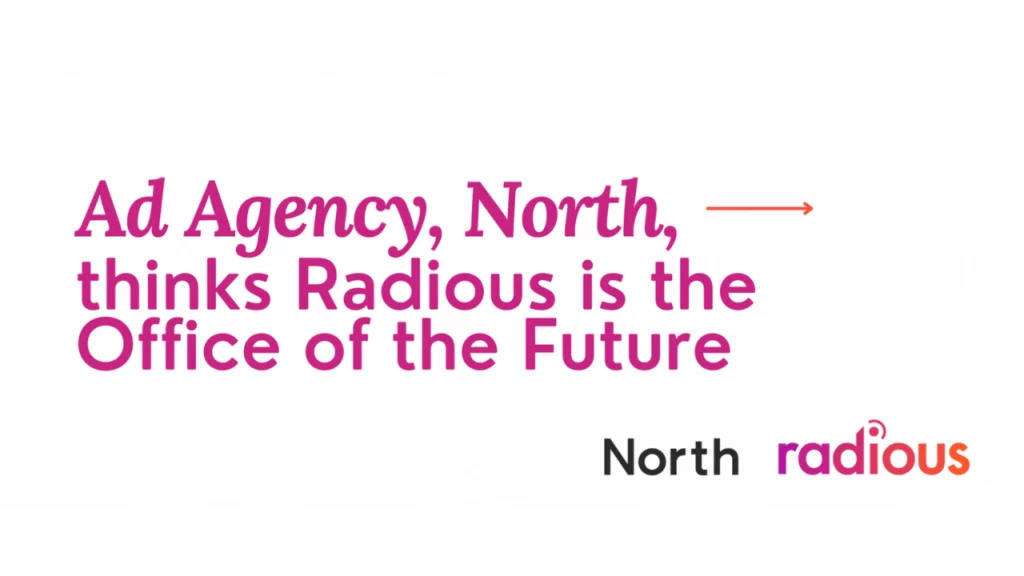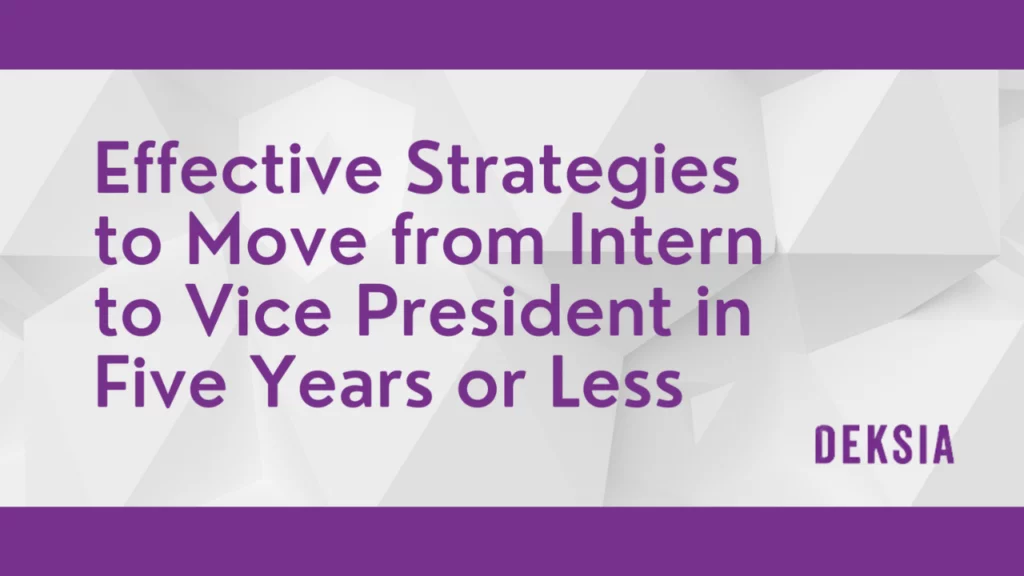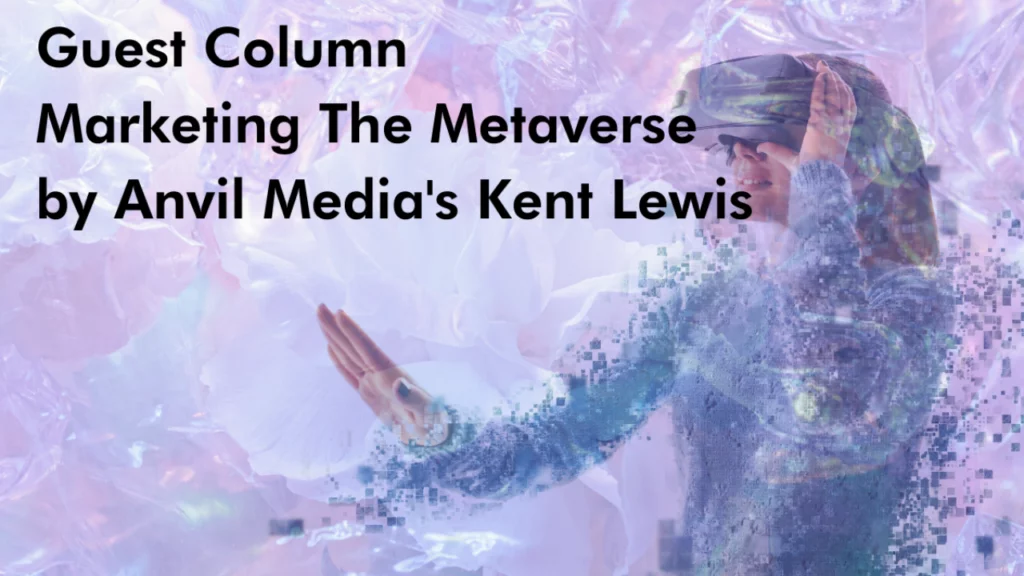What Hiring Trends at Pacific Northwest Agencies Looks Like Now
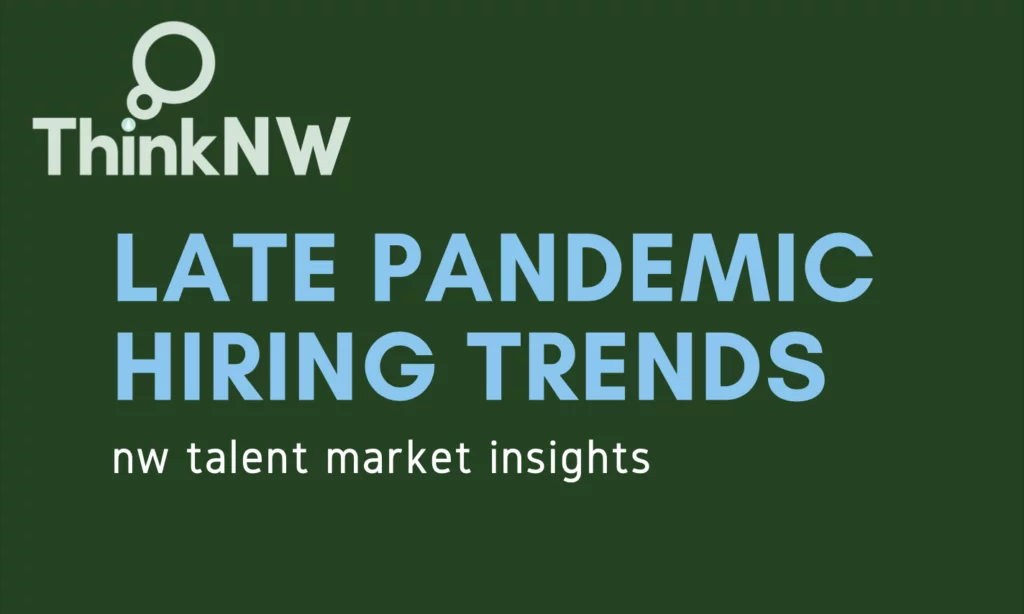
2020, and the pandemic, was brutal on the marketing industry, especially at agencies. A Forrester report at the end of last year indicated that around 35,000 agency jobs were cut, with another 17,000 more in jeopardy this year. Yet, as the U.S. economy continues to find its footing, some green shoots in the industry are emerging, though not necessarily near the level pre-COVID-19.
ThinkNW asked several agency executives about what hiring trends look like in the Pacific Northwest. Much like the industry at large, there is some good and bad news—but the insight provided gives advertising professionals a look at what’s in demand, the roles that are tough to fill and the overall opportunities in the region.
Interview questions were edited for brevity and clarity.
Shane Wolfsmith, Managing Director at Grady Britton
Do you see a talent shortage in our region? If so, what roles have been difficult to fill?
I don’t see an overall talent shortage in Portland. There is a huge, talented creative class here in town and lots of agency talent across roles.
From a DEI perspective, it’s challenging. Most agencies (including us) are committed to hiring more diverse talent, and locally that’s difficult but not impossible. There is still lots of out-of-state talent trying to get to Portland and the Pacific Northwest, too.
Do you outsource hiring or rely on internal talent acquisition?
We do both. We always post our open roles but sometimes use recruiters to find great folks for us when it’s a challenging role to fill, or we need to move faster.
Tell us about your internship program and the kinds of interns you’re looking for.
For years, we’ve sourced most of our interns—across several departments—through the local EL (Emerging Leaders) internship program. It’s dedicated to improving racial and cultural diversity at the leadership level in Portland-area companies by providing pathways to leadership for traditional and non-traditional students of color and aspiring professionals.
This might be the most challenging job market for new grads in generations. What advice do you have for those trying to land their first gig in marketing and advertising?
1) Don’t shy away from networking and asking for informational discussions. We’ve all been there trying to land our first job, and most industry folks in Portland are nice people who are happy to talk to you and help you out. From there, it’s a numbers and timing game.
2) People love ambition, optimism and genuine passion, so bring that with you whenever you’re talking to someone. And focus on being authentic versus perfect. That creates a strong sense of connection, and connection is what gets you referrals and jobs.
3) Master the art of a genuine thank you email. Make it personal and use it to show your engagement and smarts. Otherwise, it’s an empty gesture.
How has hiring and recruiting changed since you started out in the industry?
I think it’s easier to connect with people but harder to create an authentic, genuine connection. Tools like LinkedIn allow you to get to almost anyone you want, which was much harder 25 years ago. That said, I think connections have become a quantity versus quality game. Many jobs are still filled via people’s personal networks and relationships, so it’s worth nurturing those, like always.
How long do you think it should take to fill a role?
Three to four months or less, ideally. Always wait for the right person, though. It’s better to take longer and find the right person than move quickly and hire the wrong person.
Do you think that the Pacific Northwest is still a desirable place to live and work? Why is that?
Absolutely. Portland, in particular, has had a tough year, but people are still coming here to make us better, and they should. What we stand for, the sense of community here, the embrace of creativity and different experiences/perspectives, the beauty that surrounds us isn’t going anywhere, and we’ll be even better on the other side of the turbulence we’re navigating now.
Do you find that you’re having to look out of the market for talent, or is there a healthy regional pipeline?
We’ve been doing both and fill most of our roles with local talent. But we have expanded our search outside the market more frequently over the last year.
Paula Ordway and Darren Rankin at CMD Agency
Do you see a talent shortage in our region? If so, what roles have been difficult to fill?
Yes. The pipeline for account supervisors, in general, is pretty thin, and we’ve been hiring non-traditional backgrounds for this role.
The tech category is highly competitive both for account management and senior-level content writing and editing.
With COVID-19, our hiring model has expanded well beyond the Pacific Northwest. We are now recruiting nationally to fill the gaps and are much more open to long-term remote working.
Do you outsource hiring or rely on internal talent acquisition?
We rarely outsource hiring. We rely on our postings and our networks to fill our open positions and source contractors. Working Not Working has been a great platform for freelancers recently.
We will be using agencies more to help build our reach to DEI candidates.
Tell us about your internship program and the kinds of interns you’re looking for.
We have a program, but it’s pretty small and something we’d like to expand.
We’ve found the most success in hiring recent grads just out of school or within the last six months. They provide a strong pipeline for junior hires. Our internships are paid and typically last three to six months and touch the design, development, account, and media disciplines.
We are experimenting with summer “hires.” These are kids still in school looking for a seasonal experience. We’ll see if this builds a long-term pipeline.
This might be the most challenging job market for new grads in generations. What advice do you have for those trying to land their first gig in marketing and advertising?
Come prepared for the interview. Have an opinion about why you want to work with us, articulate where you see yourself in three years, and have a quick sales pitch about why we should hire you. It can be a simple story, but we want to see that marketing spark.
What are the most difficult roles to fill right now?
COO and senior technical content writers.
Is there a particular skill set that you think is in high demand but short supply?
Technical content writers. We’re looking nationally and finding a small pool of candidates.
How has hiring and recruiting changed since you started out in the industry?
The biggest change has been the realization that being remote is possible. This has dramatically increased the candidate pool and will shape our future workforce.
How long do you think it should take to fill a role?
Three to four weeks is pretty typical if we don’t have a pipeline.
Do you think that the Pacific Northwest is still a desirable place to live and work? Why is that?
Very much so. The Pacific Northwest is a special place for so many reasons, from the depth and breadth of creative talent to Seattle being such a significant tech hub to Portland and Oregon being home to some of the best CPG brands in the country. Not to mention it’s simply a wonderful place for families and people who love the outdoors and an active lifestyle.
Do you find that you’re having to look out of the market for talent, or is there a healthy regional pipeline?
It depends on the job. We have been fortunate to attract some fantastic talent both here in the region and, even more recently, Iceland.
Jennifer Crotteau at Roundhouse
Do you see a talent shortage in our region? If so, what roles have been difficult to fill?
There isn’t a talent shortage in our region, rather so many competing employers. Qualified candidates have options, so employers must up their game in the salary and benefits department. Plus, senior talent is finding they can go freelance and get more flexibility and variety.
We have struggled to find good mid-level account managers as well as experienced 3D designers.
Do you outsource hiring or rely on internal talent acquisition?
It depends on the role. Sometimes we know we can successfully hire with our internal team, but we have to rely on external recruiting services for some positions.
Tell us about your internship program and the kinds of interns you’re looking for.
A robust intern program was in the works before COVID hit. We’re hoping to launch it in 2022.
This might be the most challenging job market for new grads in generations. What advice do you have for those trying to land their first gig in marketing and advertising?
The best advice is to go with the tried-and-true method of networking. Talk to everyone, reach out to different folks at agencies, and get informational interviews. Also, make sure you customize your application to each job opening. Finally, avoid gimmicks—no more sending wacky gifts to potential employers.
What are the most difficult roles to fill right now?
Account managers, art directors and 3D designers.
Is there a particular skill set that you think is in high demand but short supply?
Finding solid, traditional account managers has been difficult. I’m not sure why that’s a challenge in Portland, but we’ve seen a lot of great candidates from outside the Pacific Northwest.
How has hiring and recruiting changed since you started out in the industry?
Online applications versus paper. LinkedIn was a game-changer when that got popular. And just having internal applicant tracking systems has been super helpful, including being able to share a job posting with so many external resources.
How long do you think it should take to fill a role?
In theory, as long as it takes to find the right candidate, but that’s not fair to other applicants. Practically speaking, no more than 60 days.
Do you think that the Pacific Northwest is still a desirable place to live and work? Why is that?
Absolutely. The Pacific Northwest is a great place and one of the country’s most beautiful regions, and we have so much outdoor space. And it’s still a great deal compared to larger cities elsewhere in the country.
Do you find that you’re having to look out of the market for talent, or is there a healthy regional pipeline?
So far, we’ve been able to fill most roles with local candidates, but I expect to look out of market more often in the coming months and years. Plus, it will be interesting to see how the remote-first and hybrid office/home models will play out this year.
Ryan Buchanan at Thesis Agency
Do you see a talent shortage in our region? If so, what roles have been difficult to fill?
The talent is here in the Greater Portland area. What is unprecedented for us is the speed and urgency that our clients need to support their digital marketing efforts. COVID-19 amplified the demand for ecommerce, and the genie is not going back in the bottle.
We simply have to work harder at finding diverse candidates locally, but our efforts are paying off. Of the 40 people we’ve hired the last two months and the 40 additional positions we are hiring for right now, we’re thrilled with the level of talent we’ve been able to attract. It’s no easy feat, but it’s worth the extra work to expand our candidate pool for each role and find the best candidates out there.
Do you outsource hiring or rely on internal talent acquisition?
We primarily rely on our internal talent acquisition team. However, if we need to leverage relationships for highly specialized roles that we need to fill quickly, we engage with various outsourced recruiters.
Tell us about your internship program and the kinds of interns you’re looking for.
We co-founded an internship program called Emerging Leaders Internship (ELI) six years ago, and we now hire roughly 10 interns every summer. Over the last six summers, we’ve hired 34 ELI interns (designers, writers, programmers, data analysts, account managers, project managers). Over half of them have become full-time employees.
This might be the hardest job market for new grads in generations. What advice do you have for new grads trying to land their first gig in marketing and advertising?
Relationships, relationships, relationships, and research. I highly recommend leveraging LinkedIn to connect with as many people as possible who work at the agencies or brands you want to work for. Ask them for a 20-minute informational call and understand what it’s like to work at those companies. Get advice. Be hungry. If you are a recent college grad, be open to even start as a paid intern that could lead to a full-time job.
What are the most difficult roles to fill right now?
Director-level individuals are incredibly in demand, and geography is not a constraint anymore in the post-COVID world. Directors have more negotiating power. My advice to agency executives hiring director-level positions is to not settle. Keep digging for a solid pool of diverse candidates instead of hiring the first candidate who would retain the status quo.
Is there a particular skill set that you think is in high demand but short supply?
Data analysts—people who can distill insights from data into a compelling story. A background in data analytics is helpful in almost any role.
How has hiring and recruiting changed since you started out in the industry?
There is more competition than ever for diverse talent. However, most agencies have not put in the work developing relationships in communities of color, nor have they focused extensive energy on building an inclusive culture. We try to lean into these areas and reinforce these efforts in our weekly all-staff meetings, Slack channels, and regular touchpoints at the department level and 1:1 meetings with managers.
How long do you think it should take to fill a role?
Entry-level positions: 2-4 weeks
Mid-upper level positions: 8 weeks
Do you think that the Pacific Northwest is still a desirable place to live and work? Why is that?
Absolutely. Work-life balance. People are still moving to Portland in droves. The data supports that.
Do you find that you’re having to look out of the market for talent, or is there a healthy regional pipeline?
We’re increasing the talent pool by looking nationally, which also has a larger diverse pool of talent. There’s excellent diverse talent here in Portland, and we’ve benefited tremendously from that. Still, we also want to expand our candidate pool beyond Portland, and the global brands that we work with want geographic diversity as well.
